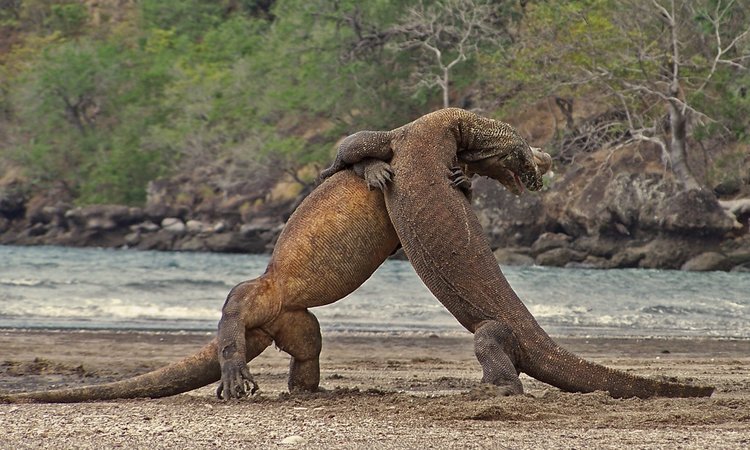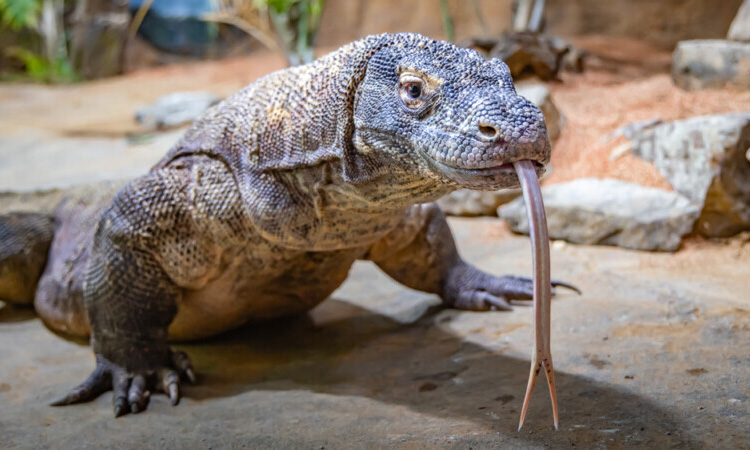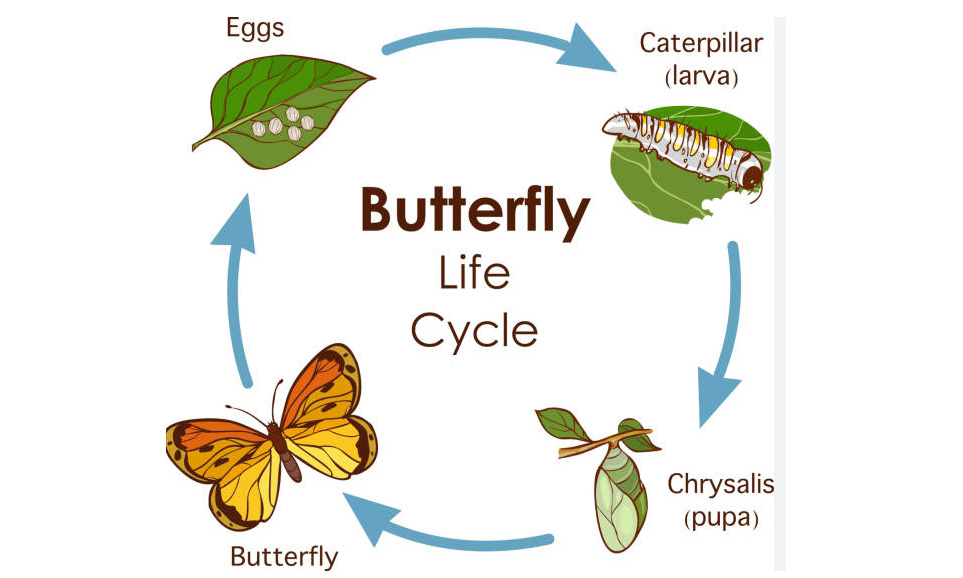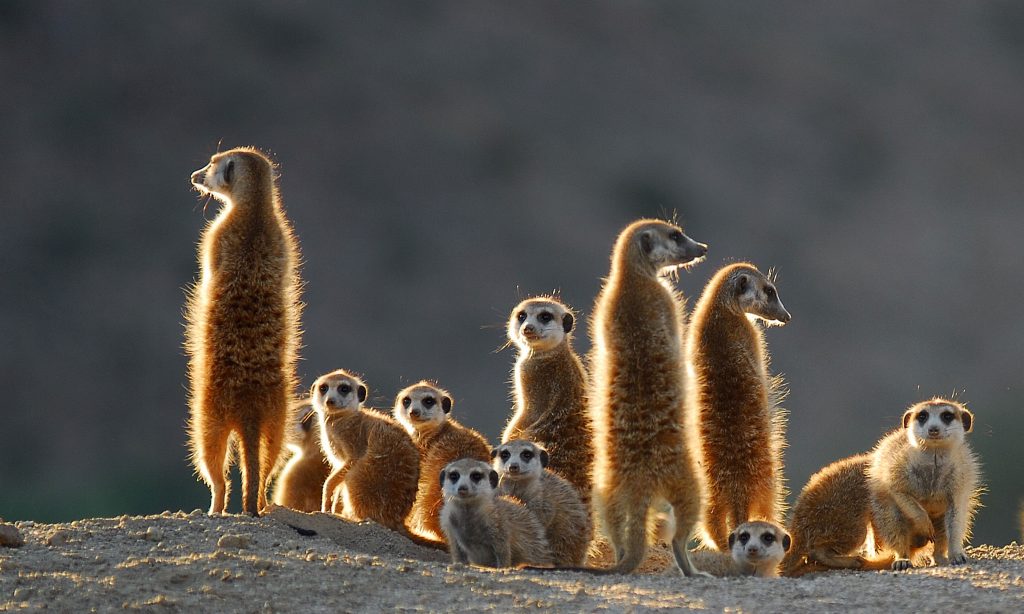What does it mean when a monkey grooms another monkey? Monkey grooming behavior is a fascinating and integral aspect of primate social dynamics, revealing a wealth of information about relationships, hierarchy, and communication within a troop. When one monkey engages in grooming another, it signifies a complex interplay of social bonds, cooperation, and even maintenance of well-being.
First and foremost, grooming in monkeys is a social activity that serves to strengthen bonds and foster a sense of community within the group. Through the act of grooming, monkeys establish and maintain social connections, contributing to the cohesion of the troop. This behavior plays a crucial role in reinforcing social bonds and promoting a harmonious environment among group members. Grooming is a mechanism that allows monkeys to build and affirm relationships, creating a social fabric that is vital for the overall stability of the troop.
Additionally, grooming serves as a tool for establishing and affirming social hierarchy within a monkey troop. In many primate societies, including those of monkeys, social rank is an essential element that determines access to resources, mating opportunities, and overall group dynamics. When a higher-ranking monkey grooms a subordinate, it reinforces the hierarchical structure by demonstrating social dominance and control. Conversely, when a lower-ranking monkey grooms a higher-ranking individual, it can be seen as a gesture of submission and a way of maintaining social harmony within the troop.
Moreover, grooming behavior is not solely about social dynamics; it also plays a crucial role in maintaining hygiene and health among monkeys. Monkeys groom each other not only to strengthen social bonds but also to remove parasites, dirt, and loose fur from one another’s fur. This mutual grooming serves as a form of social cooperation, where individuals contribute to the well-being of their fellow troop members by ensuring that they remain free of pests and maintain a healthy coat.
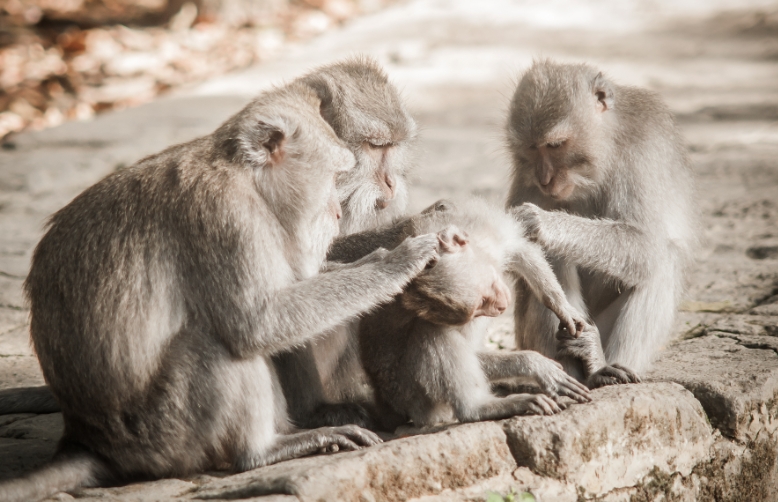
In some instances, grooming can function as a stress-relief mechanism for both the groomer and the recipient. The rhythmic and tactile nature of grooming induces a sense of relaxation and comfort, reducing stress and anxiety levels within the troop. Monkeys may engage in grooming during periods of tension or after conflicts, promoting a sense of reconciliation and reinforcing social stability.
It is important to note that the meaning of grooming behavior can vary among different monkey species and even within specific groups. While grooming often serves as a positive and affiliative behavior, there are instances where it may also be influenced by competition or coercion, especially in situations where resources are scarce.
In conclusion, when a monkey grooms another, it is a multifaceted behavior that extends beyond simple physical care. It is a means of communication, a tool for reinforcing social bonds and hierarchy, a cooperative effort for maintaining hygiene, and a mechanism for stress relief. Grooming in monkeys encapsulates the intricate web of social interactions that define their troop dynamics, shedding light on the complexity of primate social structures and relationships.

